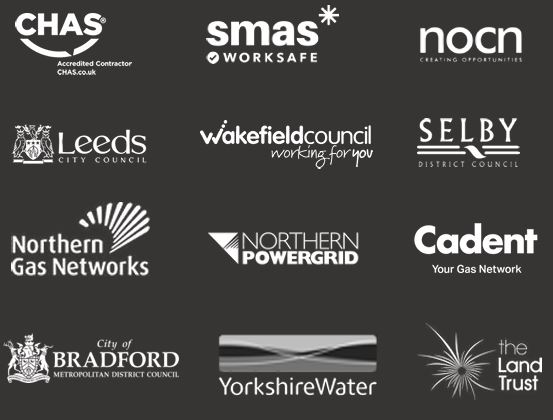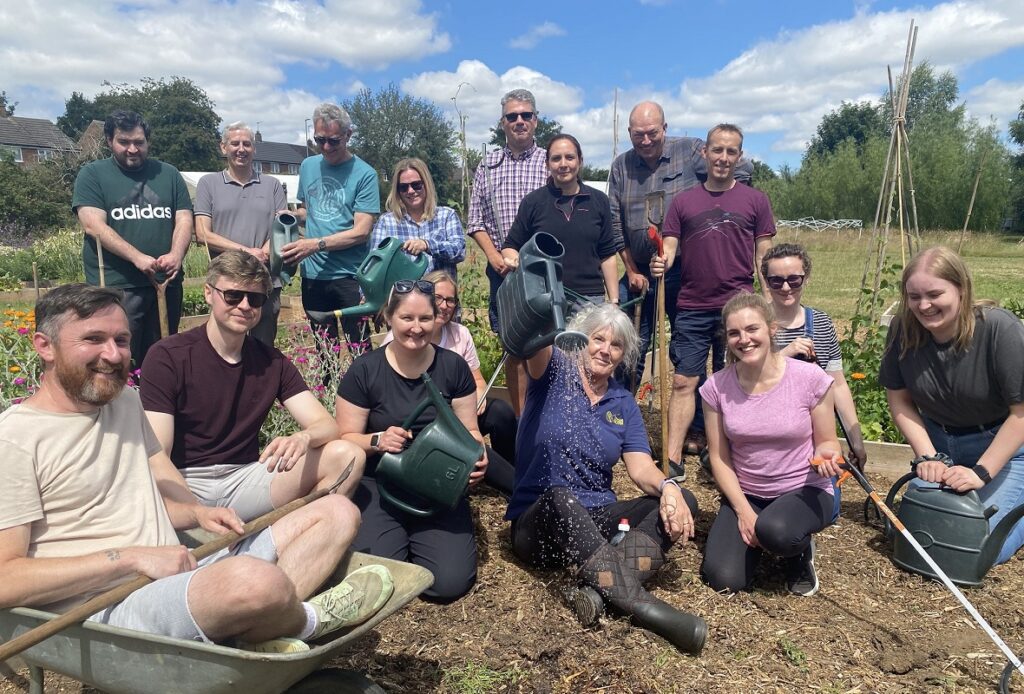Yorkshire
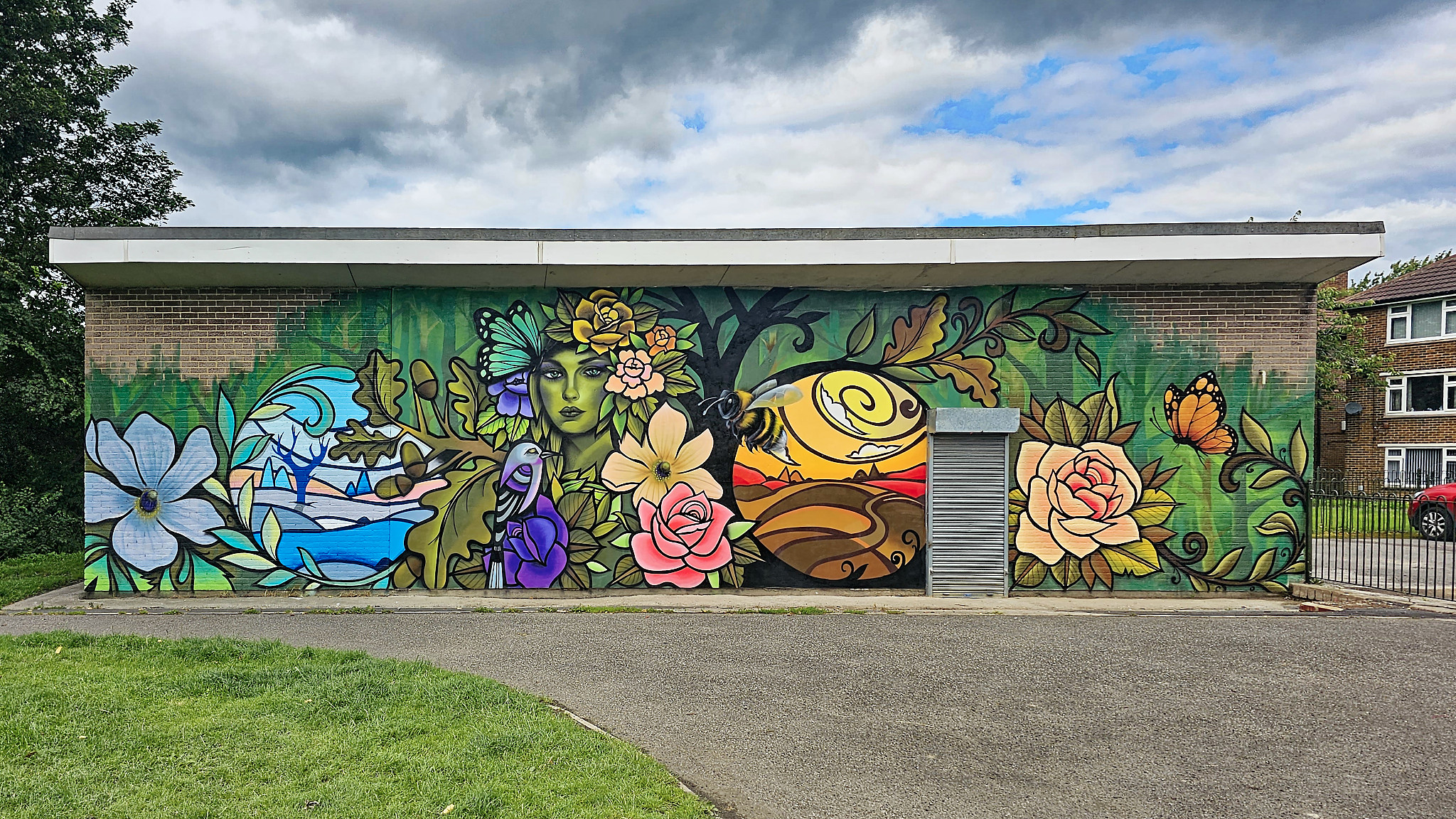
At Groundwork Yorkshire we are passionate about creating a future where every neighbourhood is vibrant and green and able to shape its own destiny, where every community is strong and no-one is held back by their background or circumstances.
The context of our work in 2023/24, like every other business and community in the country, is dominated by the legacy of the Covid pandemic, the national economic situation and the cost of living crisis. The UK remains one of the richest nations in the world yet many people in many communities face significant hardship. Indicators about the impact of the pandemic indicate a heightening of inequalities.
Groundwork was founded at a time of political, social and economic challenge as an experiment to help communities cope with change and work together to make their lives and neighbourhoods better. That experience and that spirit of enterprise and innovation have never been more needed. We are driven by the recognition that in every community – however disadvantaged there are deep reserves of pride in the local area and people with the passion and ideas to improve their circumstances and surroundings.
Groundwork exists to harness that pride and unlock that passion through services, projects and programmes that change people’s lives now but also make our communities more resilient for the future. – Adrian Curtis Executive Director
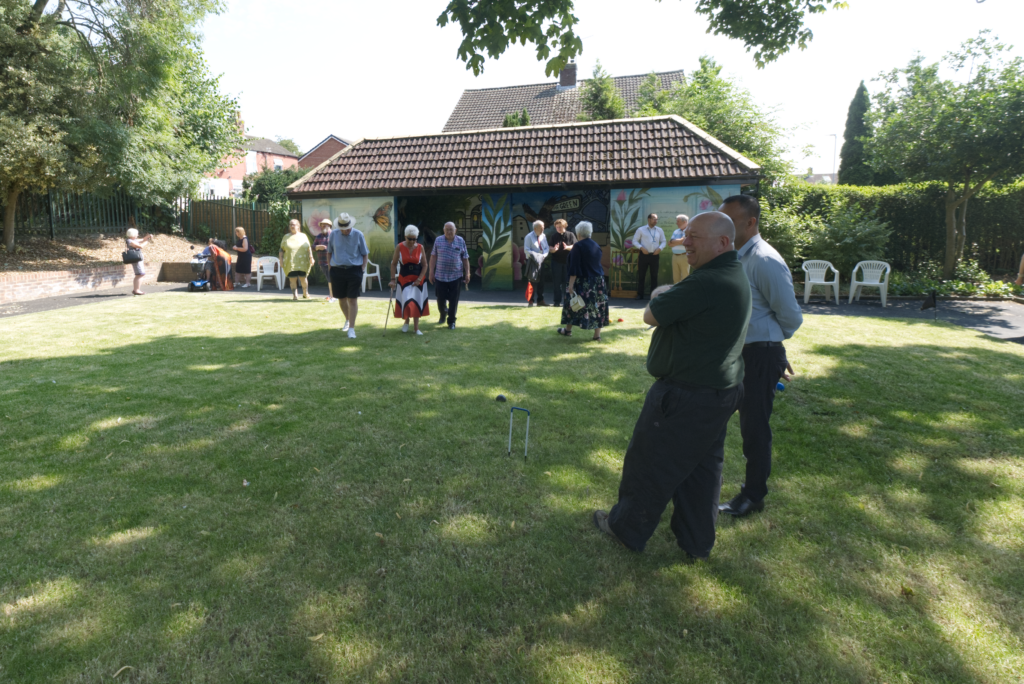
How We Help
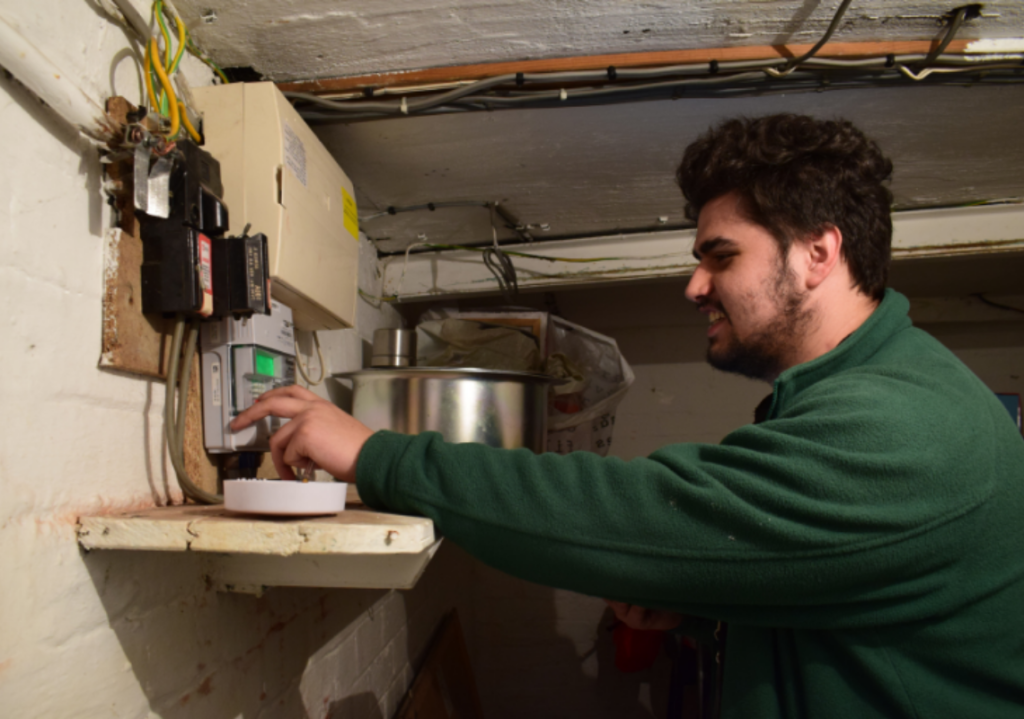
Green Doctor
Groundwork’s Green Doctors help UK residents stay warm, stay well, and save money on household bills.

Groundwork Pride Ltd
Groundwork Pride Ltd (GPL) is Groundwork Yorkshire’s wholly owned landscape contracting trading subsidiary, delivering a mix of projects.
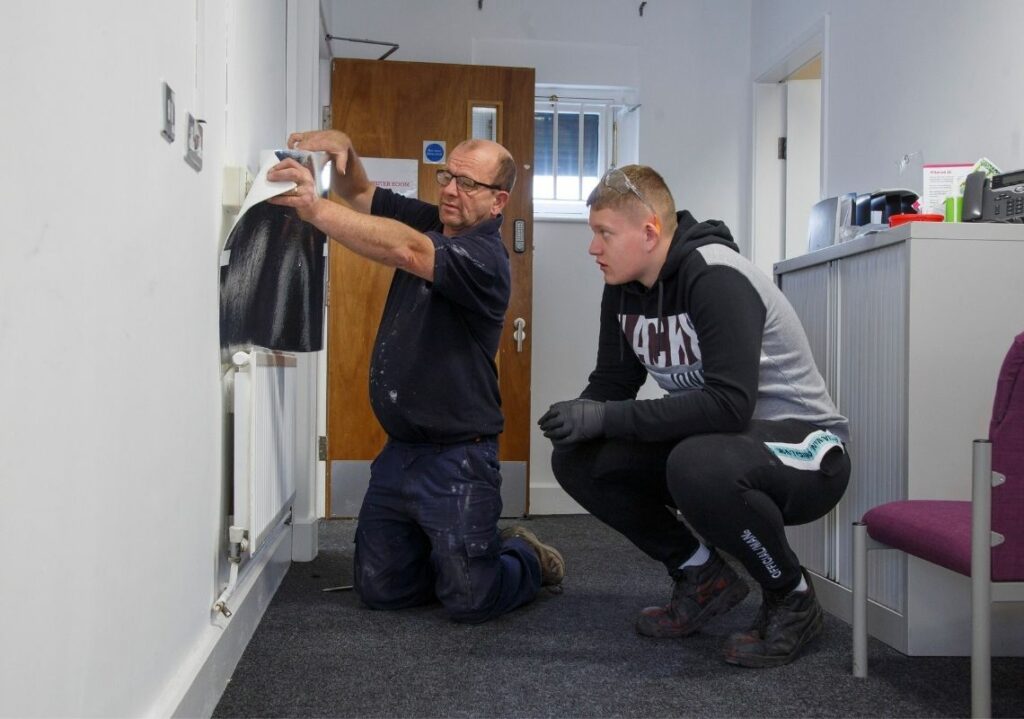
Retrofit
For local authorities, social housing providers, small housing providers.
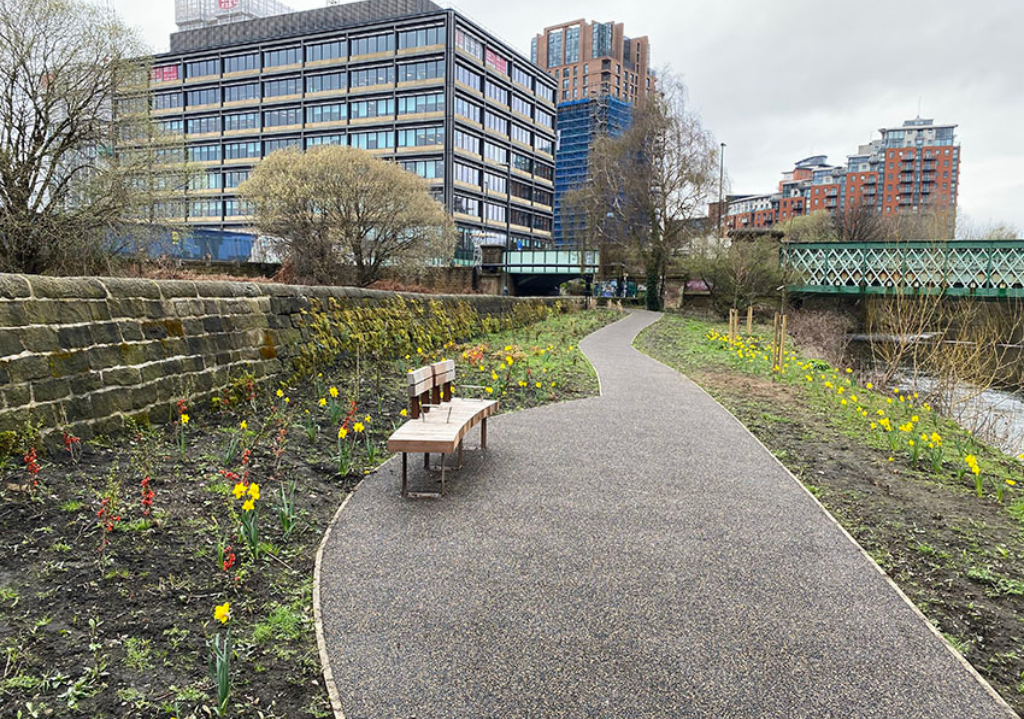
Landscape Architects
At Groundwork we believe that real, lasting change requires a holistic approach that benefits people, places and planet. Our landscape design practice reflects this with every project having multiple benefits; for the communities who frequent the places we design, for nature and biodiversity and for the planet.
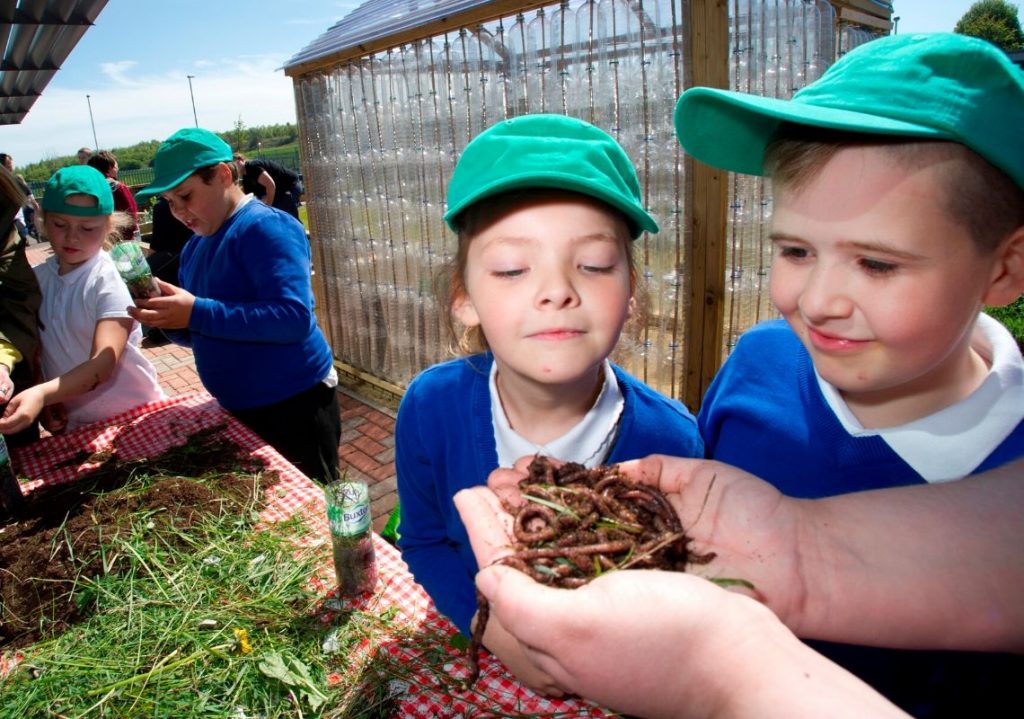
Communities
We help people come together to change the places where they live for the better and to develop their skills, build their confidence and make new friendships. We achieve this by running a wide range of environmental, education, health and well being projects.

Our impact 2023/24
At Groundwork Yorkshire we are passionate about creating a future where every neighbourhood is vibrant and green and able to shape its own destiny, where every community is strong and no-one is held back by their background or circumstances.

632 Ha
Landscape restored
= 1,561 football pitches.
Tackling the climate & biodiversity crisis

480
Front line workers trained on the impact of cold homes on health

£1.4m
Domestic utility bill savings
Latest News
Our Partners
